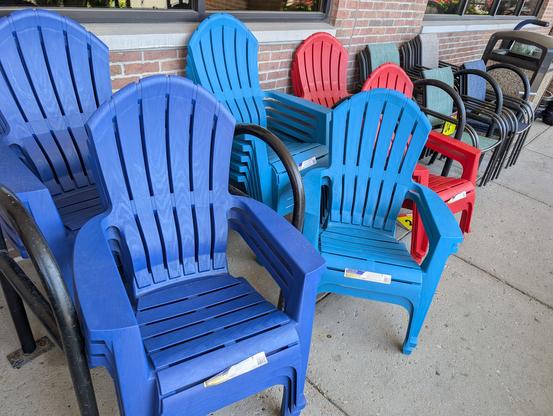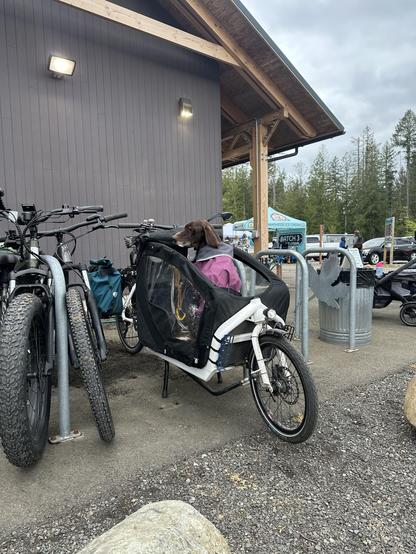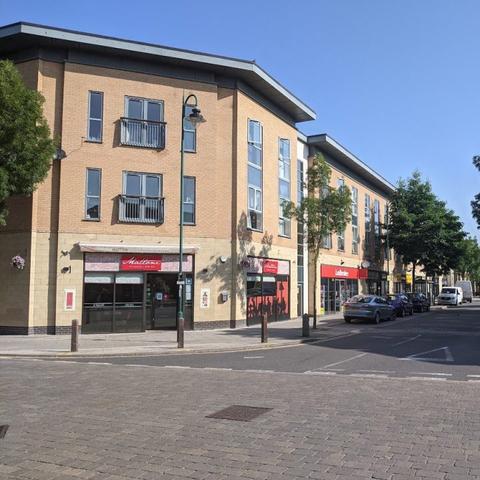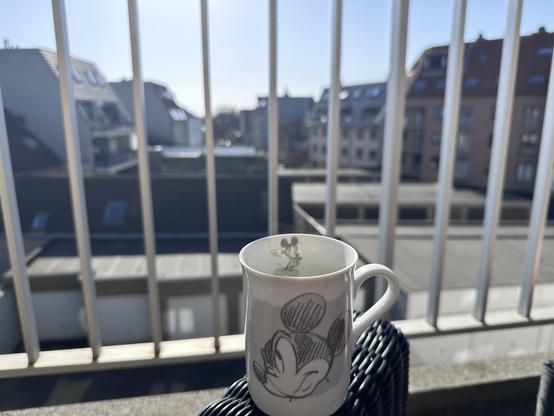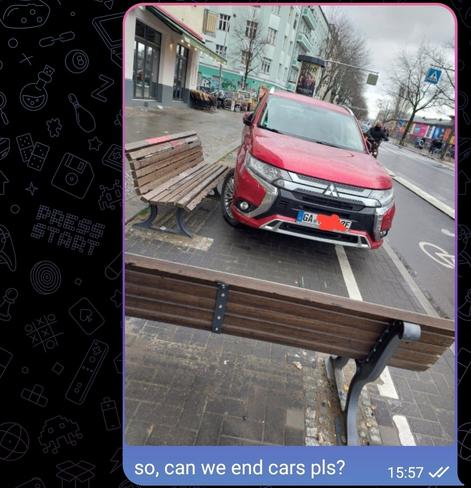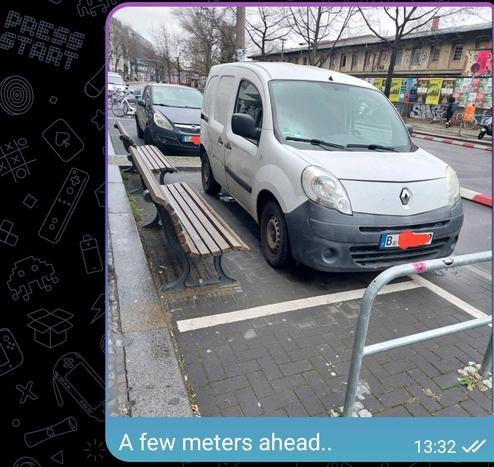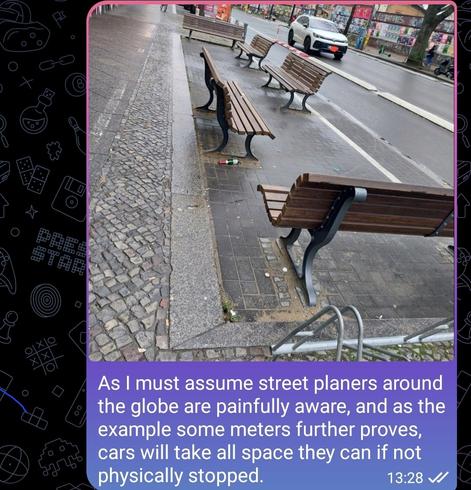Is it really planning when the Treasury decides if a new station opens?
The Planning and Infrastructure Bill, published on 11 March 2025, introduces strategic planning to all of England. We think this a positive step that we have called for over many years, but we have some ideas about how this could work better in practice.
All strategic plans must be accompanied by a strategic transport plan
One of the things we’ve identified going wrong with planning of new homes is the choice of location. We think planning over a wider area, taking into account existing transport and trip generators like employment, is a way to pick better sites.
We know this system works well in London where the London Plan spatial strategy is produced in lockstep with the Mayor’s Transport Strategy. Improvement in transport gets better matched to new housing as a result.
Funding for sustainable transport still needs to be resolved
The reforms leave out the question of funding for infrastructure. The Government has made some promises about public transport and local amenities. It looks like the new system is very much like the old system in terms of what gets built. Is it really planning if the Treasury makes these decisions on a case-by-case, station-by-station, basis?
We know from our research that the Housing Infrastructure Fund, intended to unlock housing, and Section 106 contributions from developers have failed to provide sustainable transport. Some direction to Homes England to prioritise sustainable transport would help here.
But developers and local authorities might like a bit more certainty about funding. Many areas of the country are still not charging a Community Infrastructure Levy which would provide a fixed charge based on size of development and provide income for wide-area strategic projects.
Not big enough to be strategic?
The bill introduces strategic planning boards for areas of the country not yet part of a devolution settlement. The practical effect this will have is it will be possible to pick better locations for housing over a wider functional region and more funding can be pooled for wide-area sustainable transport.
Early indications about potential strategic authorities coming out of the reform however show that some areas will be too small to be effective and convenient for this kind of strategic planning. We think in some cases it will be more appropriate to create strategic planning boards for several, smaller combined authorities in order to create strategic plans over wider areas. The Bill should enable this where appropriate.
This new focus on strategic planning is definitely a positive step forward with the potential to improve decisions about where new homes are located. But as one problem is solved, another has not gone away. Sustainable development will not happen unless certainty around funding of new infrastructure is provided.
Read our latest report What is being built in 2025? Find out more about the Planning and Infrastructure Bill #CarDependency #Cycling #Location #Planning #PlanningProcess #PublicTransport #Walking

